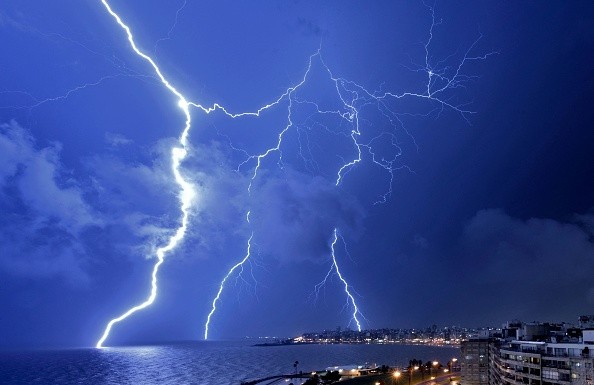The University of Waterloo study examined the seasonal flow patterns of 2,272 streams in Canada and the United States and discovered that human-managed streams impacted by developments, such as dams, canals, or heavy urbanization had significantly different flow patterns than streams in natural watersheds.
Floods, hurricanes, and thunderstorms increase overtime

Greater increases in inflow in managed watersheds suggest more severe floods, probably due to more paved surfaces in metropolitan areas.
The study examined natural watersheds that had not been altered by human activity to assess the influence of climate change on streamflow.
Researchers studied flow in regulated streams throughout a 115-kilometer radius to assess the impact of human activity as a baseline.
According to Nitin Singh, a postdoctoral fellow in Waterloo's Department of Earth and Environmental Sciences and lead author of this study, when compared to their natural neighbors, approximately 48% of the human-altered rivers had substantial increases in seasonal flow trends, while 44% showed a significant decrease in different seasons flow trends, as per ScienceDaily,
They employed machine learning to demonstrate unequivocally that these alterations are the result of human action.
Unlike previous studies that examined stream flows on an annualized basis, this one considers seasonal consequences such as spring floods and summer droughts, which are crucial for water management.
It is critical to note that human landscape alterations frequently increase the impacts of climate change on streamflow, according to Nandita Basu, Professor of Earth and Environmental Sciences and Civil and Environmental Engineering.
They must accept responsibility for managing our landscape in a sustainable manner because it is being altered by factors other than climate change.
What effect does climate change have on the severity and frequency of floods, droughts, hurricanes, and tornadoes?
According to The Royal Society, more frequent and more extreme weather occurrences have been reported across the world as the Earth's temperature has warmed.
Scientists often classify these weather occurrences as "extreme" if they differ from 90% or 95% of previous identical weather events in the same location.
Many factors contribute to every given severe weather event, including natural climatic variability patterns like El Niño and La Niña, making it difficult to ascribe any specific extreme event to human-caused climate change.
Studies, on the other hand, can establish if a warmer climate made an event more severe or more likely to occur.
Because of the Earth's warmer and moister atmosphere and warmer seas, the strongest storms are expected to be more violent, generate more rainfall, affect new places, and perhaps be larger and longer-lived.
This is backed by observational data from the North Atlantic.
Furthermore, sea level rise increases the quantity of saltwater pushed onto shore during coastal storms, which, along with increased rainfall from the storms, can lead to more devastating storm surges and floods.
While global warming is certainly increasing the intensity of storms, the change in the number of hurricanes each year is highly questionable.
Some circumstances favorable for intense thunderstorms that produce tornadoes are projected to improve as the climate warms, but there is ambiguity about other elements that influence tornado formation, such as changes in vertical and horizontal wind fluctuations.
© 2026 NatureWorldNews.com All rights reserved. Do not reproduce without permission.





